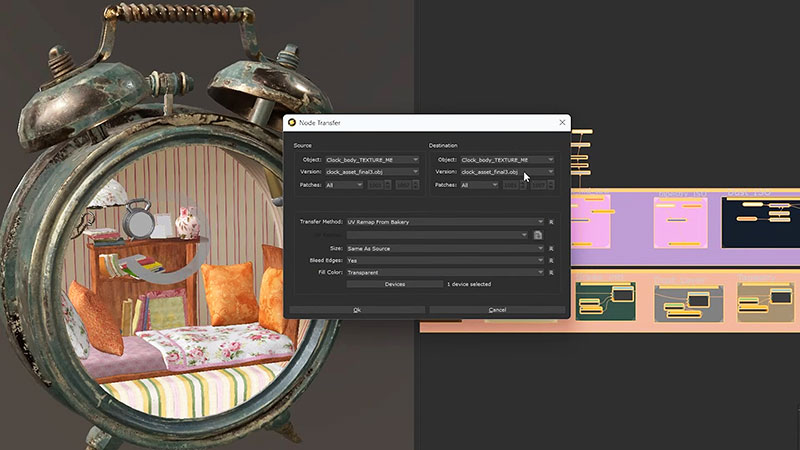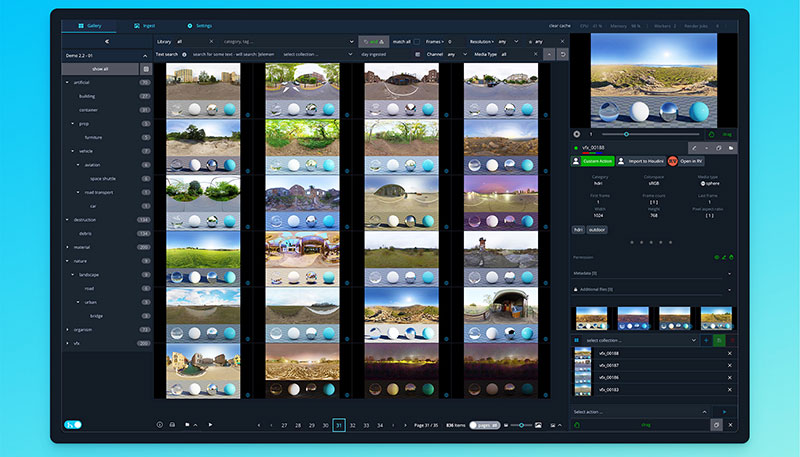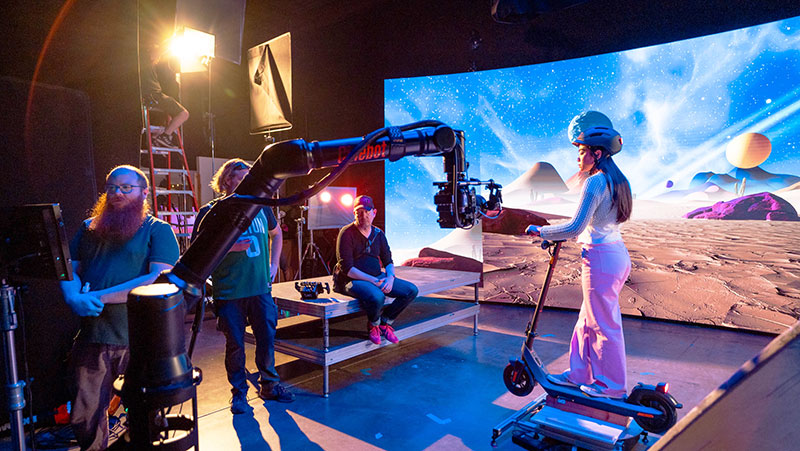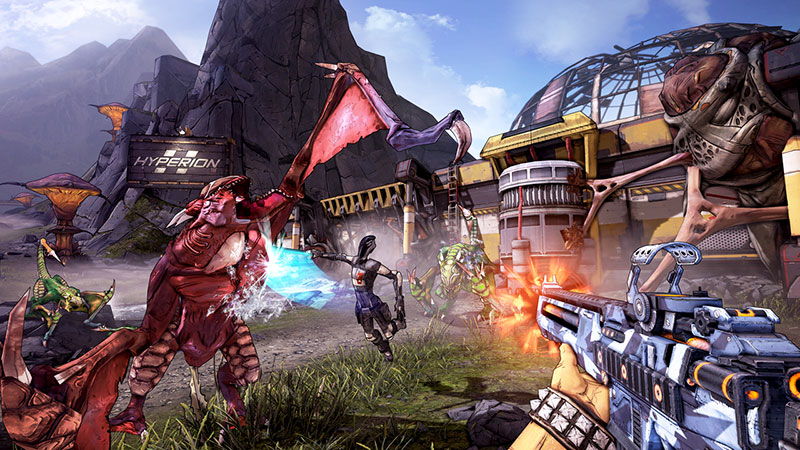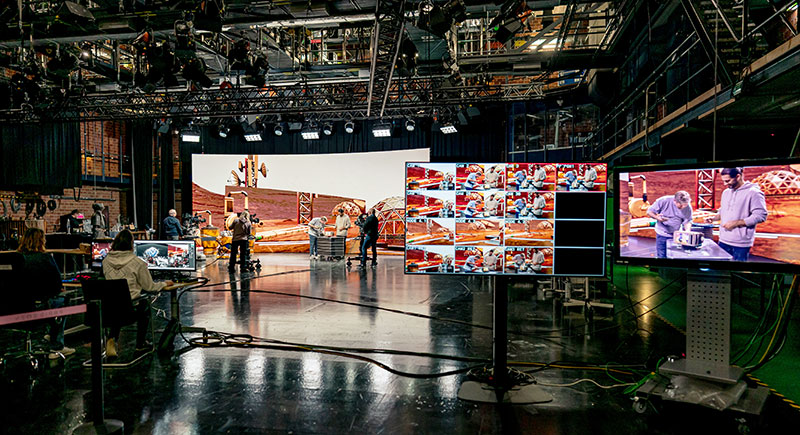V-Ray 6 addresses SideFX’s USD tools in Solaris, moving to a Hydra delegate. It improves render efficiency, realism in volumetric FX, functionality in the frame buffer, adds procedural clouds.
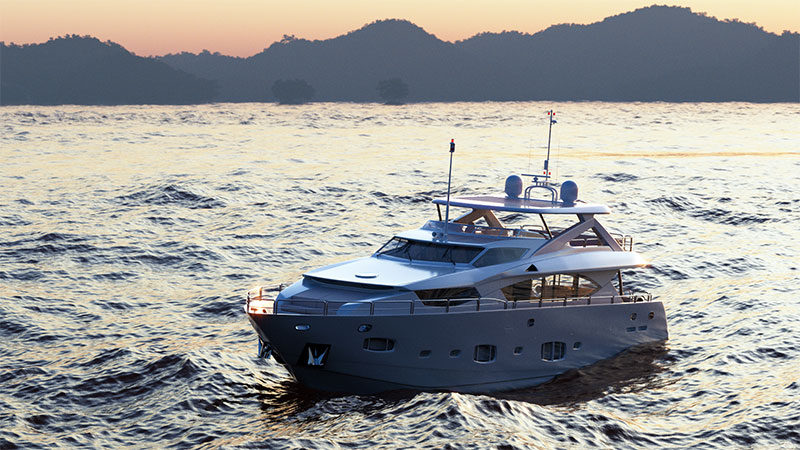
Ocean Rendering
V-Ray 6 for Houdini, a new update to Chaos Group’s production renderer for complex VFX and animation, has full support for Houdini 19.5 and Solaris. V-Ray 6 can produce useful renders at any stage of production, showing results of procedural effects from look dev to final pixel.
For Houdini 19.5, the developers completed the Hydra Hair procedural, continued to develop smoke and fire simulations in Pyro, and extended Solaris Render Region capabilities, which are used to select a small region of the full image that renders and resolves much faster than the full frame when using a render delegate in the viewer. Using V-Ray, artists can render these new developments with extreme photorealism.
V-Ray for Solaris has also been upgraded, moving to a Hydra delegate with features to help artists take better advantage of SideFX’s USD-based tools. Artists can now work on layout, lighting and look dev in a single workflow that builds real-time feedback directly into the Houdini viewport.

V-Ray for Solaris
The Hydra rendering framework passes USD-encoded data from Houdini’s scene graph to the renderer, and acts as an interactive rendering mode for USD. The Hydra delegate that ships with V-Ray for Houdini is able to work both as an interactive render delegate for Houdini’s Solaris viewport, and as a standalone tool for final batch rendering. All V-Ray features that artists are already familiar with can be encoded in the final USD stage.
V-Ray 6 now supports Houdini’s native ocean tools, giving users more control and faster rendering speeds without relying on texture baking. Due to new support for anisotropic scattering, more realistic volumetric effects can be generated for clouds and smoke, and users can also create volumetric masks more simply by exporting Cryptomatte elements, without using the Volumetric Geometry mode.
David Anastácio, CG Supervisor at Mackevision commented on the large number of features in V-ray 6. "Faster rendering and more responsive IPR (Interactive Production Rendering) are extremely useful, but what I found even cooler was the Procedural Clouds, anisotropic scattering for volumes, and the Thin Film Material,” he said. “Plus, since V-Ray 5 scenes render nearly identical to V-Ray 6, it's a lot easier to update to the latest version and take advantage of the updates."
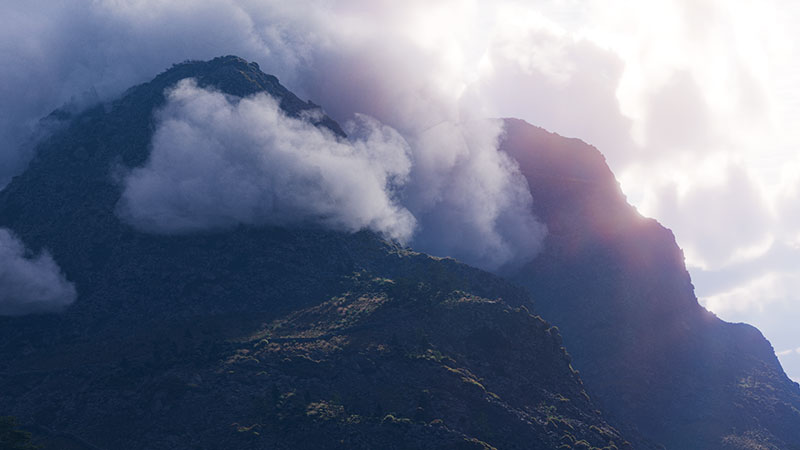
Volumetric effects and clouds
Lights and Materials
The main updates on the looks and creative side include instant procedural clouds, now available in the V-Ray Sun and Sky system. Instead of adopting a static HDR or a cloudless sky, artists can customise their scenes with realistic clouds that take advantage of V-Ray’s ray-traced lighting, ground shadows and volumetric effects as they animate. Effects such as timelapses can be produced using memory very efficiently.
Artists can now use V-Ray Decal to add displacement to surfaces, enhancing the realism of cracked walls, rocks, scratched and rusty surfaces, embossed lettering and similar surfaces. Decals can also be instanced to set up a material bombing workflow that distributes and randomises textures.
V-Ray Enmesh repeats geometry across the surface of an object in a memory-efficient manner by using the geometry in the same way as a texture. This process is useful when creating complex surfaces with lots of detail such as chain mail, car grilles, metal grids, panels, fences and fabrics.
A new Finite Dome mode, with more flexible ground projection, now makes it possible to control the physical size of lights, in terms of radius and height. These controls help render objects like cars at the proper scale and size in relation to image-based lighting (IBL). By setting the scale of the light with Finite Dome mode, users keep full control over blend material settings.

Chaos Cosmos library of free V-Ray content
Also, since its initial launch, 1,500 assets have been added to the Chaos Cosmos library of free V-Ray content, including high-resolution materials, beautiful HDR environments, and detailed vegetation, urban textures and photorealistic materials. They are a useful resource for speeding up previz and generally bringing scenes to life.
Render Efficiency
Other new features make rendering more efficient. Bucket rendering is now faster because of a new bucket splitting algorithm that adapts bucket size to optimise the utilisation of hardware and memory. The splitting, used to move a render past a ‘hung’ bucket, depends on how many idle threads are available and how much of the image remains to render. When a bucket is split, all the sampling completed by the original thread is transferred to the new one to avoid loss, and the new thread then continues towards convergence.
Using Light Cache in IPR yields output that is identical to the production renderer, which helps teams make decisions on the fly. Light caching approximates the global illumination in a scene by tracing the many eye paths from the camera. Each of the bounces in the path stores the illumination from the rest of the path to form a 3D structure, the light cache.
A new V-Ray Profiler now tracks the calculation time of shaders and volumes in a scene. Using it with the Memory Tracker gives artists a chance to monitor and optimise projects. Performance improvements in V-Ray 6 include faster rendering for Environment Fog and the Translucent layer in the V-Ray Material, and enhanced memory efficiency for scenes featuring thousands of instances.
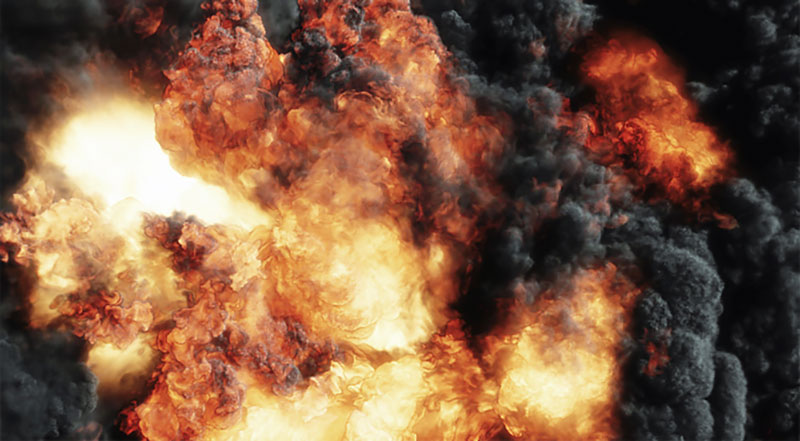
Volume rendering
For shading, a new thin-film layer option has been added to the V-Ray Material to make it possible to create authentic iridescent materials like soap bubbles and oil spills, and new energy compensation updates allow the standard V-Ray Material to support realistic Metalness reflection values for PBR shader workflows.
In the V-Ray Frame Buffer, which is the window used to view, save and compare, and adjust renders, further functionality has been added. For instance, a new proportions layer helps users to compose the right camera angle with visual guides like the rule-of-thirds and the golden ratio, and the V-Ray spherical panoramas can now be explored and edited without using third-party tools.
V-Ray 6 for Houdini is available now for Houdini and Houdini Indie 19.5 and later, with support for Windows, Linux and MacOS. All V-Ray subscription plans work for all supported host applications, including Maya, Cinema 4D, 3ds Max, Nuke, Revit, Rhino, SketchUp, Unreal and Houdini. www.chaos.com







